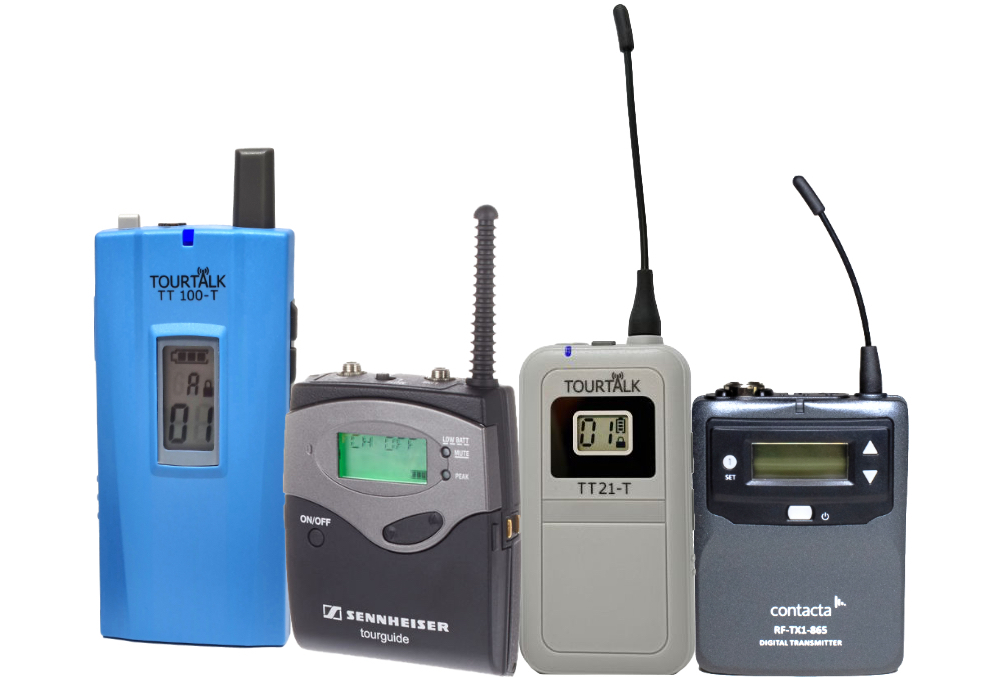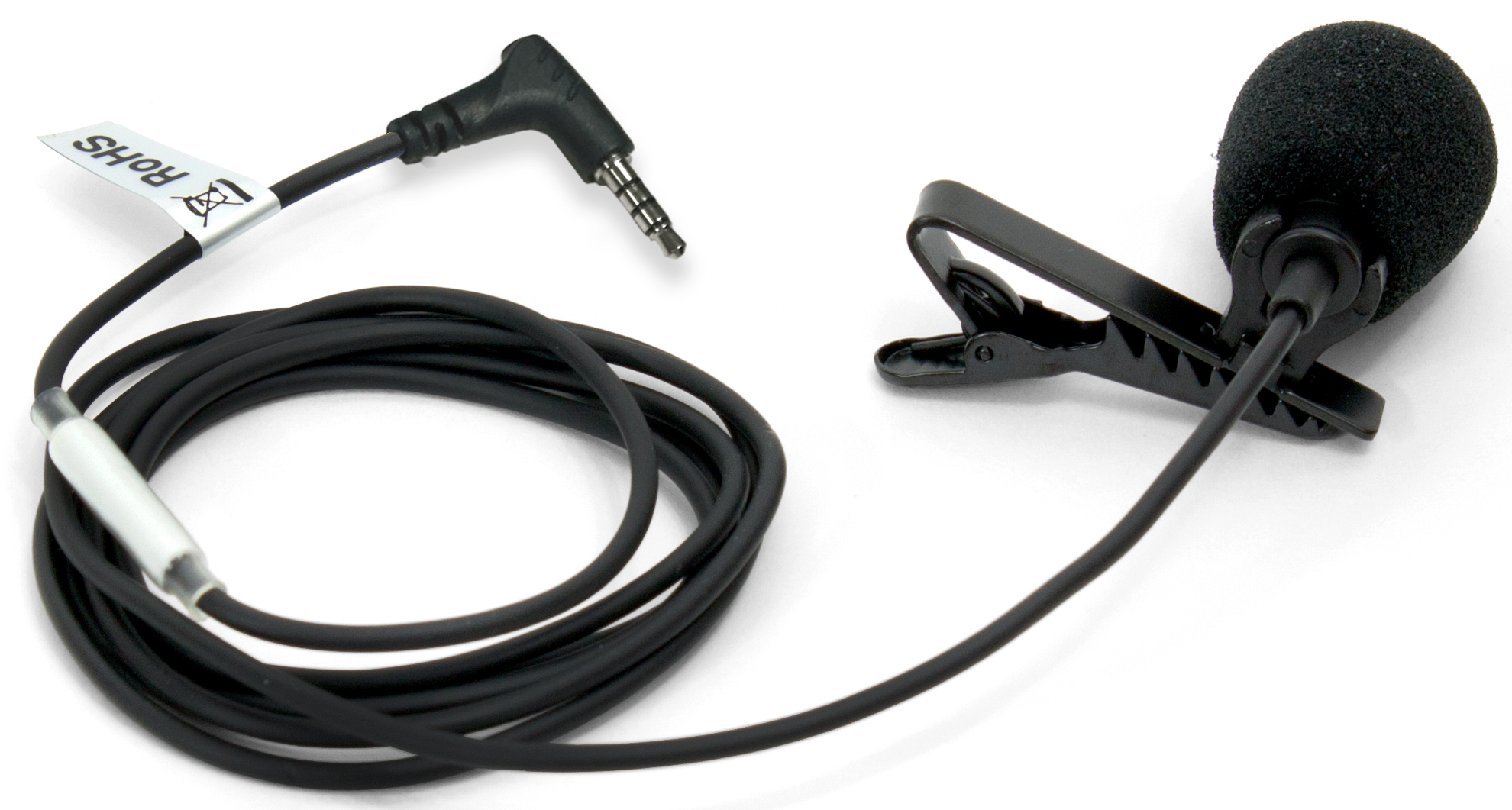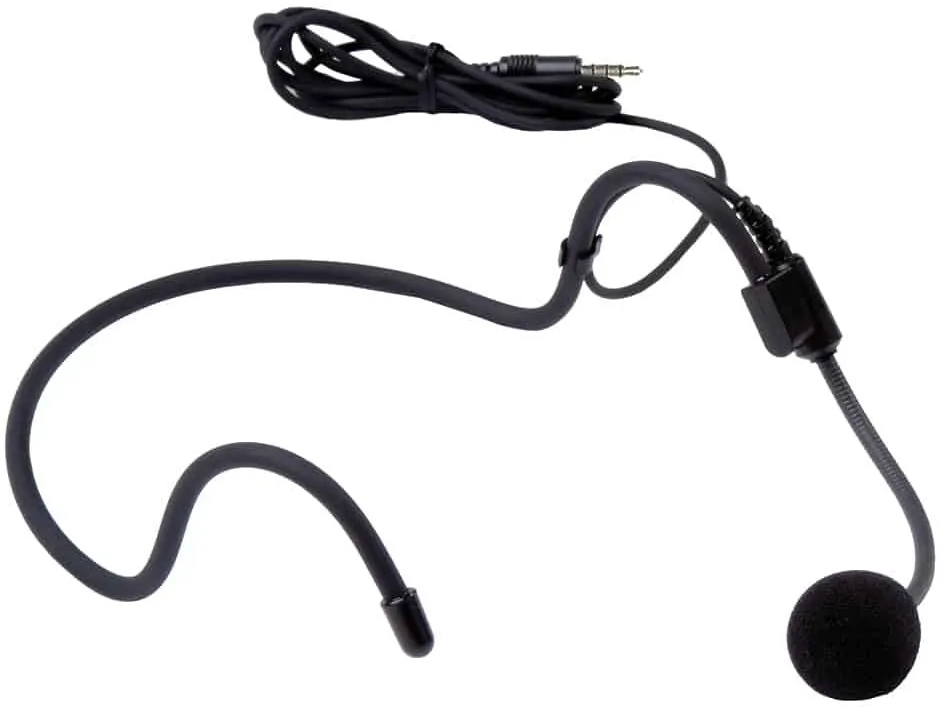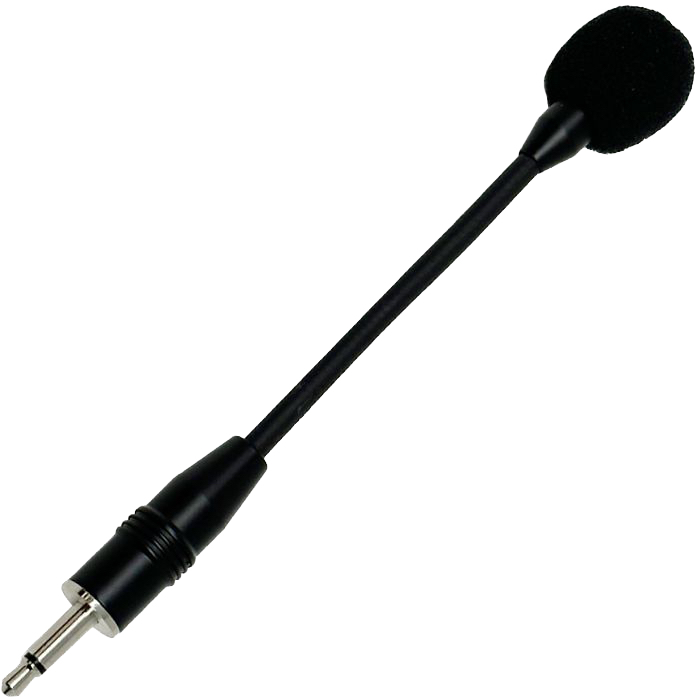Tour guide system tips: What microphone should you use?
A tour guide system is a short-range radio system used to aid communication between a tour guide and a tour group. The tour guide speaks into a wireless microphone transmitter and the guests use wireless receivers with earphones/headphones to hear the message. The devices are usually recharged in a storage case.
To get the optimal results from your tour guide system it is important to use the most suitable microphone. If an inferior quality audio signal is fed into the tour guide system, then the resulting output will also be subpar. Therefore, using a correct type of microphone is essential in providing the best audio quality. This will ensure that the guests not only will hear the tour guide clearly and in best possible sound quality, but this will also positively impact their tour experience.
Please note: Two-way tour guide systems usually use headsets rather than microphones. For tips on what headsets should be used with a two-way tour guide system click here.
There are two design types of a one-way tour guide system transmitters.

A handheld transmitter incorporates the microphone creating a single-piece device. These can be useful for events where there are multiple presenters as it can be easily passed around. However, a two-way tour guide system is often more suitable as users can participate without having to request, and then wait for the transmitter.
The second type of transmitter is a bodypack version which features a microphone socket to connect a separate mic. Most of these devices also have a built-in microphone; however, this is generally used as a backup and will automatically mute when an external microphone is plugged into the socket.

A popular additional feature of most bodypack transmitters is an aux-in socket. This can be used to connect an external audio source such as a smartphone or a laptop, to enable music or pre-recorded commentary to be fed into the system. The tour guide can choose to talk over the audio or mute their microphone.
Tip: It is important to mute the microphone if the tour guide needs to discuss anything confidential during the tour. It is easy to forget some transmitters have a range of over 100m and the guests may hear every word, even if the tour guide is in a different room!
A wide range of external microphones are available for bodypack transmitters. The most common types are:
Lapel microphone

This type of microphone is plugged into the mic socket on the transmitter and is clipped to clothing on the tour guide’s chest. The microphone should be placed directly under the chin facing the mouth.
Tip: It is important to fit the microphone centrally so when the guide turns their head while speaking, the input to the microphone remains consistent. The microphone should also be clipped away from any jewellery, zips, or lanyards, as these might cause noise upon contact.
Lapel microphones are ideal for indoor tours and/or quieter areas.
Headband microphone

Another type is a headband microphone, and it is also plugged into the mic socket on the transmitter but is worn around the back of the tour guide’s head and rested on the ears. An adjustable microphone boom is then suspended in front of the mouth. These are very lightweight and comfortable to wear for long tours.
As the microphone is always placed near the tour guide’s mouth, it ‘picks up’ a consistent sound level and reduces the amount of extraneous background noise. This type is ideal for tours in noisy areas so the tour guide doesn’t have to strain his or her voice, and in quieter areas also, where the tour guide can simply whisper.
Plug-in microphone

This microphone design converts a bodypack transmitter into a handheld transmitter. The microphone is connected into the mic socket on the bodypack transmitter and is ideal for when multiple tour guides are taking part. This directional microphone is designed to reduce background noise; however, it must be used by facing the capsule towards the mouth of the tour guide.
The mic can be quickly and easily passed between people so it can be used for interviews or audience participation during the tour.
If you have any questions about which microphone would be most suitable for your application, then please do not hesitate to contact us.
Tags: tour guide systems, headphones, headsets


